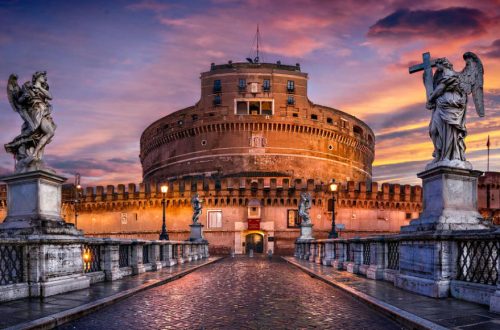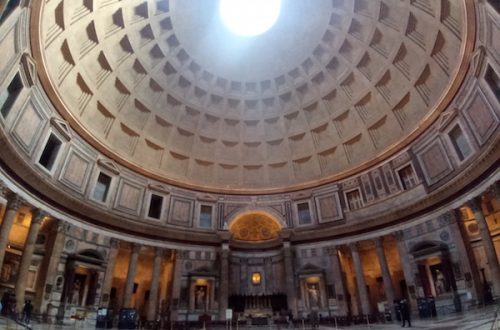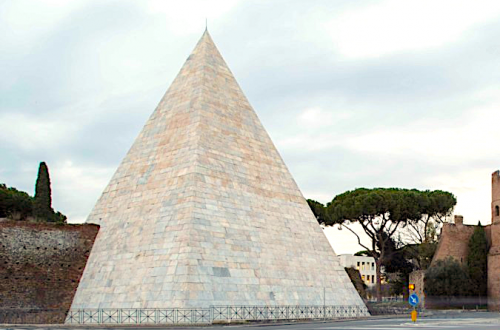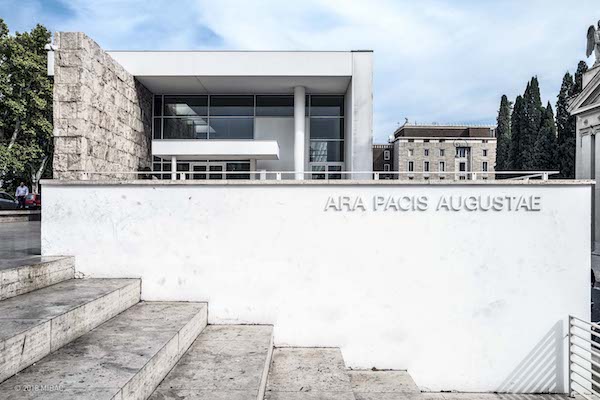
Ara Pacis Augustae
The Ara Pacis Augustae Museum, in the historical center of Rome, represents the first architectural space created since the fall of Fascism.
While the first protective building was designed by the architect Ballio Morpurgo in 1938, the current structure is new, designed by the American architect Richard Meier. It creates a play of light and shadows: from an area of semi-darkness, one passes to the central space housing the Ara Pacis filled with natural light entering through windows. There the silence let visitors fully appreciate the monument, with its calm rhythm of decorative elements and the procession of the court composed of the most important religious figures of the Augustan Age and the imperial family led by August himself.
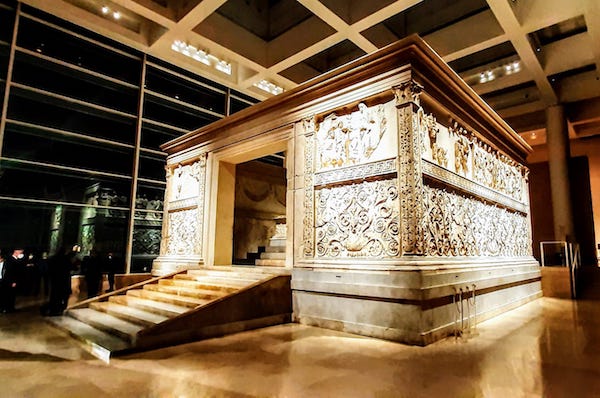
The Ara Pacis Augustae is one of the greatest examples of classic art. It was constructed on the order of the Roman Senate in 13 B.C. to honor Augustus’ return from the provinces of Gaul and Spain, where over the course of three years, the emperor consolidated his power and that of Rome, constructed new roads, and founded new colonies. The altar was built along the Flaminian Way, at the Northern end of Campus Martius. However, the alluvial nature of the site and frequent flooding of the Tiber resulted in the deposition of layers of silt over the area that quickly buried Ara, which was completely forgotten. The reconstruction of the monument was undertaken in anticipation of the bimillennial of the birth of Augustus in 1937/38. The Ara Pacis Augustae is one of the most significant examples of Augustan art, dedicated in 9 BC. to celebrate the pacification after the exploits of Gaul and Spain.
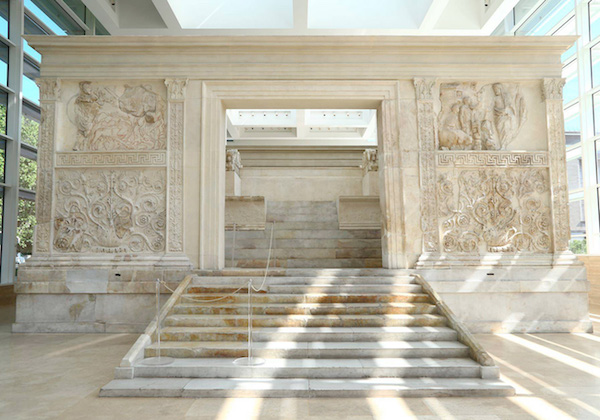
The artifact was found in correspondence with the Palazzo Fiano during excavations carried out from the century. XVI and continued until the campaigns of 1937-38, after which the special pavilion was built. The altar consists of a rectangular enclosure raised on a podium and in the long sides of which two doors opened, which was accessed by a staircase; inside, on a flight of steps, was the altar proper.
The whole surface of the enclosure has a very refined relief decoration. Outside, to the side of the doors are the Lupercal and Aeneas who sacrifice to the Penates and, on the opposite side, Peace or Tellus and the goddess Roma. On the short sides, the procession for the vow of the altar is depicted: the most important scene is the one on the right side, which shows characters of the imperial family (Augustus, Agrippa, Giulia, Tiberius, etc.)
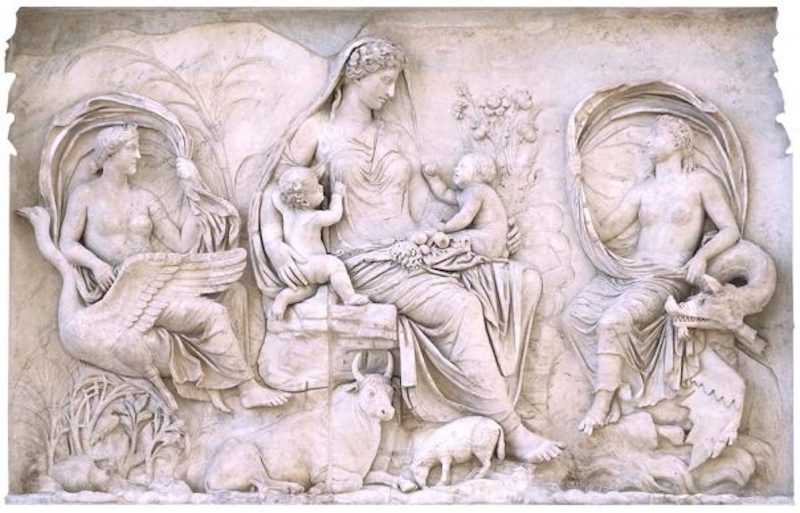
The internal surface of the enclosure bears, in the upper part, crowns supported by bucrania and, in the lower part, deep vertical grooves that perhaps simulate a fence. The altar was also decorated with female characters on the plinth and, in the upper frieze that ran inside and outside the table, with the scene of the annual sacrifice.
The text of the “Res Gestae Divi Augusti”, a story of the emperor’s political career, is reproduced on the face of the base towards via di Ripetta.
sponsored by Basilio 55 Rome
![]()


